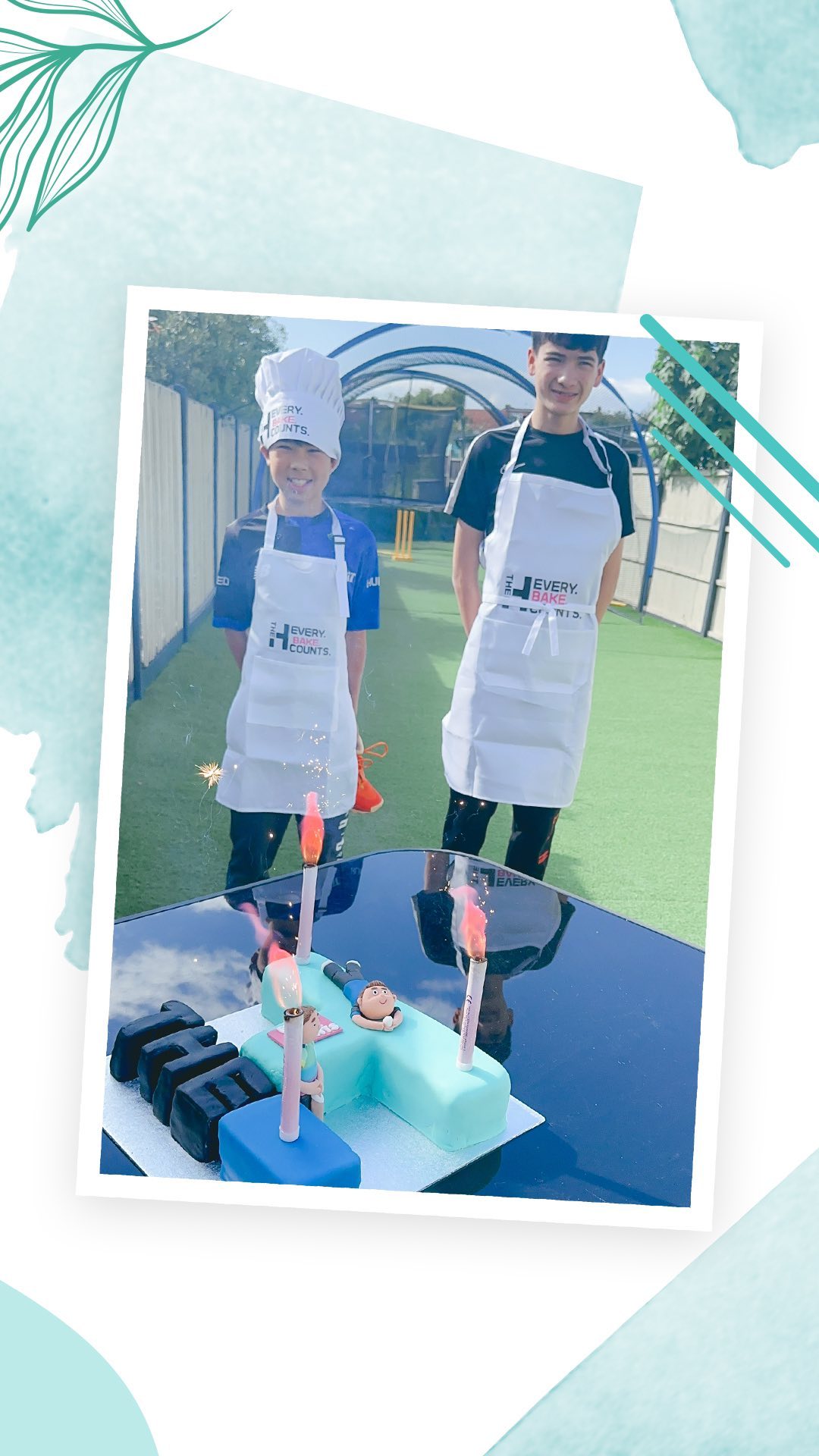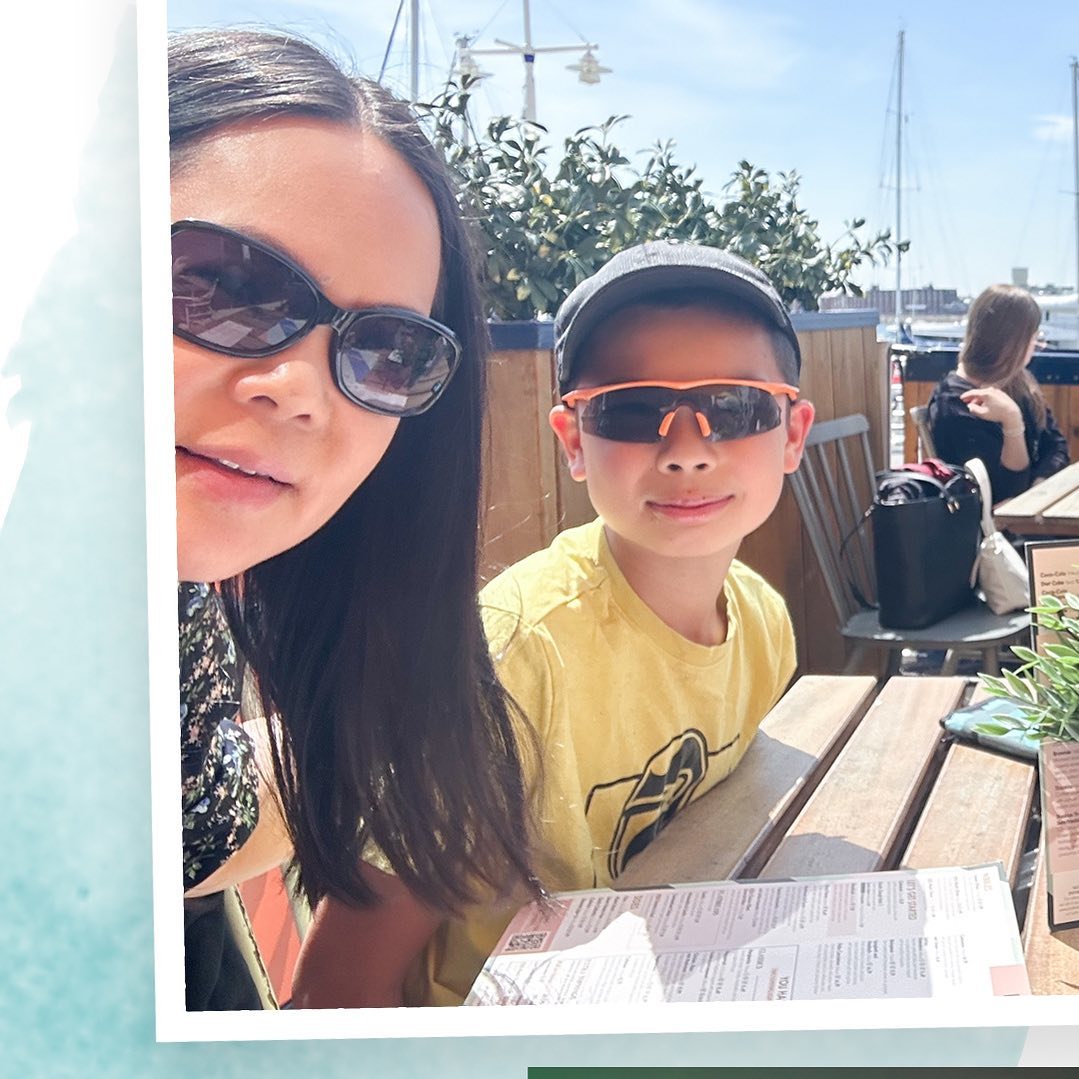How ice baths stimulate the vagus nerve to lower stress and anxiety
Even if we don’t want it, stress finds a way to become a part of our lives. Be it through the need to achieve your goals or the constant desire to be at the top of your game. Stress is often caused when we feel out of control or are in challenging situations that make us worried about what’s going to happen next.
Long-term exposure to flight or fight response causes physical and mental health conditions that can hamper one’s quality of life. While there are many ways to tackle stress, ice baths from brands like Recover are gaining popularity. These baths stimulate the vagus nerve and naturally help you unwind. With portable ice baths becoming more common and easily accessible today, it’s becoming more affordable for everyone to have an ice bath set up at home.
But what is the vagus nerve, and how do ice baths help manage stress by calming it? Here’s everything you need to know.

What is the vagus nerve
The vagus nerve (a combination of vagal nerves) is responsible for the parasympathetic nervous system, which controls different functions within the body. The right vagus nerve travels down the right side of the body; similarly, the left vagus nerve travels down the body’s left. By carefully stimulating the vagus nerve, the stress in the body can be reduced while inducing a feeling of relaxation and calm.
When we are stressed, our blood pressure and heart rate increase significantly, pushing us to be constantly alert and looking for ways to survive. By constantly being in this state, your organs start experiencing damage, leading to health concerns related to the digestive system and cardiovascular systems. Over time, if not managed, the natural state of the body becomes survival mode (instead of being relaxed and calm).
How ice baths help calm the nerves
Ice baths help as they regulate the parasympathetic nervous system and vagus nerve, bringing down the stress levels in the body and allowing you to get out of survival mode.
Cold water from an ice bath stimulates the vagus nerve and improves the parasympathetic nervous system’s activity. Once this system has calmed down, it signals your body to relax. It leads to a significant decrease in heart rate, breathing pattern, and muscle tension.
This, in return, cools down your body completely, allowing it to attain a state of sustained relaxation. Ice baths apply a cold compress to the whole body. As these bath systems are designed to allow full-body submersion while being easy to set, they can be used regularly on a weekly basis.
Ice baths also help with pain management, combat inflammation, improve symptoms of anxiety and depression, and keep the heart healthy. This, in return, improves the circadian rhythm, develops resilience to stress, and boosts mental well-being.
To get the most out of your ice bath experience, consider starting slow and steadily increasing the time spent in the bath. For instance, for the first week, dip for only about 5 minutes and then slowly increase the rate by 2 minutes initially and then 5 minutes. Make sure not to overexpose yourself; otherwise, the effects of the ice baths will be reduced. Avoid spending more than 10 to 15 minutes in the bath.
Other add-on lifestyle changes for best results
While ice baths are an incredible way to combat stress, depending entirely on this method can slowly reduce its effectiveness. To make sure this doesn’t happen, consider the following lifestyle changes:
- Exercise at least 2-3 times a week. Yoga, pilates, swimming, and walking are some simple ways to keep moving.
- Opt for guided meditation as it helps one stay in the present situation while letting go of stressors.
- Maintain a stress journal solely devoted to exploring your thoughts surrounding the incidents that happened during the day.
The bottom line
Ice baths, however unconventional they may seem, are an incredible way to decompress and release stress by stimulating the vagus nerve. At the same time, it’s essential to focus on improving one’s quality of life by exercising often, disconnecting from stressors, and focusing more on being mindful of where you are engaging. Stress can hamper one’s quality of life, and by incorporating relaxing activities, you can be at your best at all times.

![[AD] We’re a cricket-mad family, so we’re buzzing that @thehundred is back this August! 🏏🔥
To get ready, M tried out the official FREE Activity Pack — and it’s brilliant! 🙌
Packed with fun games, creative challenges and sporty tasks, it’s perfect for getting kids hyped whether you’re at home or on the go.
👉Download yours now (link in bio)
@londonspirit @ovalinvincibles #EveryMomentCounts #TheHundred
#EnglandCricket #CricketFamily #TheHundredCricket #LondonBloggers #Cricket #CricketIsLife #kidsfun](https://suburban-mum.com/wp-content/uploads/2022/11/505472555_18531279601016840_7092520074819907569_n-180x320.jpg)



![[AD - Press visit]
We enjoyed the glorious sunshine this weekend with a trip to Brighton. We went on the @brightoni360official which is right by the sea front.
The i360 pod take a slow journey up, allowing you to take in views across Brighton and the South Downs 450ft above ground. There’s a bar inside with drinks and snacks available to purchase and the experience lasts 25 minutes.
Afterwards, we headed to the open air roller rink for a roller skating session!
The roller rink is:
⭐ Suitable for over 5s
⭐ £6.50 if you have your own skates or £9.50 if you need to hire them
⭐ 45 minutes per session
Full details to visit the i360 + skating
📍 Brighton i360, Lower Kings Road, Brighton BN1 2LN
🚗 Parking nearby (we parked in the Regency Square Car park)
🎟️ Prices start from £25.40 for an adult and £16.90 for a child
🕐 Opening hours are currently Sun-Fri 10.30am-18.30pm and until 19.30pm on Saturdays
☕️ Bar inside the i360, cafe and gift shop
Book tickets here:
https://tickets.brightoni360.co.uk/tickets/?_ga=2.195305772.1869001490.1689671753-1757164059.1689671753/#events?eventid=157](https://suburban-mum.com/wp-content/uploads/2015/04/417980235_313576471048632_3682382982231216432_n.jpg)

![[AD] ***Summer of fun at Barracudas Activity Camps!****
There is plenty for kids to do at @barracudas_activity_day_camps
From Tennis, Archery, Swimming, Motor Sports and more you can be sure that there will be something for kids aged 4.5-14. ⚽🏈🥅🎾🏓🏎️🏹🏊♂️🏉
You can book on a day by day basis - so it can fit in with any other days out/activities you have planned and there are early drop off and late pickup options available. Barracudas are also Ofsted registered so you can use your Childcare Vouchers too.
⭐⭐⭐Get £20 off a week or £4 off a day using my discount code: MARIA20⭐⭐⭐
#BarracudasActivityDayCamp #BarracudasActivityCamp #BarracudaAmbassadors #SummerHolidays #SchoolHolidays #Summer2023 #SummerCamp #DayCare #Camp #KidsCamp #surreymummy #surreymums #SummerOfFun #ActivityCamps #HolidayCamps #Childcare #SchoolHolidays #schoolholidaycamps](https://suburban-mum.com/wp-content/uploads/2024/07/353583570_625625966167953_545896259645102575_n.jpg)



![[AD] We have some super exciting news...we have been chosen to be Laser Quest Ambassadors, and the boys are over the moon!
We are really lucky that our local Laser Quest (@laserquestkingston) is just around the corner from us. It means we can pop in of a weekend or anytime during the school holidays, and with summer just around the corner, I know Laser Quest will be one of our go-to places for some family fun.
As well as games of Laser Quest, there are also VR experiences and arcade amusements too. To find out a bit more about how Laser Quest works, you can read my blog post: https://www.suburban-mum.com/laser-quest-kingston/ (clickable link in bio)
Don't forget to keep an eye out for our Laser Quest posts - I'm going to be giving away two family passes to use at Laserquest Kingston!
If you can't wait and want to head down to Laser Quest to try it out, use the code SUMMER30 for 30% off your booking. The code is valid from now until the end of August 2023 and can be used on Laser Quest games and birthday party bookings.
#LaserquestAmbassador #Laserquest #LaserquestKingston #ActivitiesForKids #FamilyFun #DaysOutWithKids #Lasertag #LaserquestVR #Kingston #ThingsToDoInKingston #SurreyFamilyDaysOut #ThingsToDoWithKids #RainyDayFun #SurreyMummy #SurreyLife #LifeWithKids #LifeWithBoys #familyfunday](https://suburban-mum.com/wp-content/uploads/2015/04/353230107_797358078406942_2405522556733455165_n.jpg)

![[AD] The sun has finally made an appearance and the boys have been making the most of it by spending it
in the garden.
They’re go-to is always football and they’ve been trying to improve their aim and accuracy with the new Messi Foldable Footlball goal from the #MessiTrainingSystem range.
I love the fact the goal is foldable, making it easy to store away when not in use. It is also lightweight so you can effortlessly pack it up and take it to the park or to a friend’s house.
The Messi Foldable Football Goal retails at £36 and can be purchased from @argos
You can read my full review here: https://www.suburban-mum.com/messi-foldable-football-goal/
#TrainLikeMessi #FoldableFootballGoal #FootballSkills #OutdoorFun #LionelMessi #LeoMessi #FootballAtHome #OutdoorKids #JustGetOutside #OutdoorsAndFree #ScreenFreeKids #WhateverTheWeatherKids @flair_gp](https://suburban-mum.com/wp-content/uploads/2015/04/341194882_615024710178056_41977149395989448_n.jpg)

![[AD] We are absolutely thrilled to announce that we are Barracuda Ambassadors again this year.
With Easter just around the corner, the boys were sent the @barracudas_activity_day_camps new camp kit in preparation for the school holidays.
There’s a wide range of activities for kids aged 4.5 - 14 including Tennis, Archery, Basketball, Arts & Crafts and more.
If you like the sound of Barracudas, find out more over on their website. You can also save £20 a week or £4 a day, using my discount code: MARIA20](https://suburban-mum.com/wp-content/uploads/2024/07/336812306_765234558514317_685553691647241974_n.jpg)


![[AD - Gifted]
Last weekend we were invited to try out @tsarettaspice’s new Bottomless Brunch menu and I can tell you it was thumbs up all round!
There’s a good choice tapas on offer from Punjabi fish fingers, Indo Chinese Chicken to Spiced Lamb Scotch Eggs and Manchurian Cauliflower (which was amazing!)
If you’re local to Twickenham and fancy giving them a try here’s are the details.
Tsaretta Spice Bottomless Brunch
⭐️£37.50 per head for bottomless Prosecco or cocktail of the day
⭐️£55 per head for bottomless Champagne
⭐️ Food included: 4 tapas selections and dessert or 2 tapas selections, a pav or naanwich and dessert
⭐️ Non-alcohol brunch is also available
Tsaretta Spice
55 Church Street
Twickenham
TW1 3NR
You can also read our full review over on the blog (link in bio)](https://suburban-mum.com/wp-content/uploads/2024/07/334565436_5960402314015030_663031098700829518_n.jpg)
![[AD] What does family look like for you?
I am fortunate to be surrounded by strong, powerful women in the form of my mum, sister and mother-in-law (along with many others). With Mother’s Day just around the corner, @BootsUK want to celebrate all the different mums and mother figures we are lucky enough to have in our lives. They have a huge range of Mother’s Day gifts to choose from so we can show them how much they mean to us. (swipe to take a look at some of my choices)
If you want to express love and appreciation for the mother figure(s) in your life, head to Boots.com to find the ideal gift. They have a whole host of gifts, so you can be sure to find something to suit all tastes. Celebrate the #LoveForAllMums this Mother’s Day with Boots.
](https://suburban-mum.com/wp-content/uploads/2015/04/334276459_136658625736352_6403224988403337253_n.jpg)



